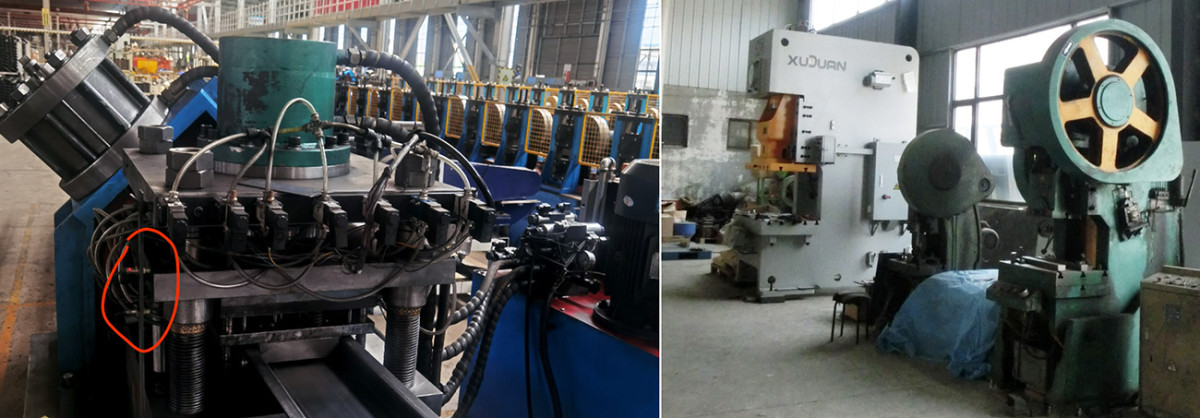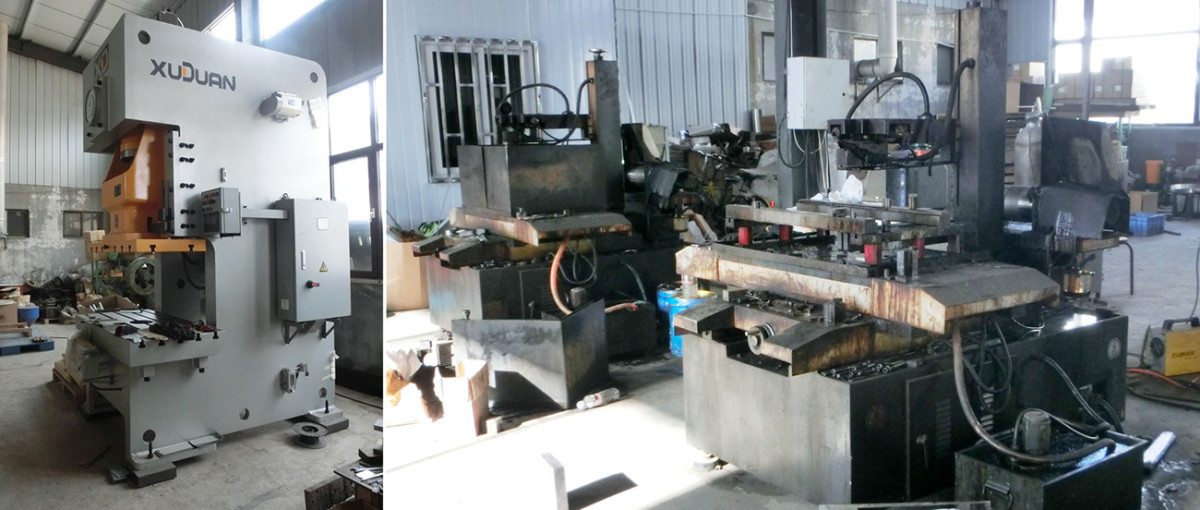CAPABILITIES
Metal stampings have a wide range of applications across various industries due to their versatility and cost-effectiveness. Stamping is the process of placing flat sheet metal in either blank or coil form into a stamping press where a tool and die surface form the metal into a net shape. We provide custom metal stamping, CNC machining, casting machining, welding, and assembly. Utilizing state-of-the-art machinery, we offer precision metal fabrication and sheet metal fabrication.

Stamping Die Design and Optimization:
Stamping Die design is a crucial step in metal stamping, as it determines the final shape and dimensions of the stamped parts. Skilled tooling engineers design the dies based on product specifications, material properties, and manufacturing constraints. Optimize the design of the stamping mold to reduce complexity, minimize the number of components, and eliminate unnecessary features. Simplifying the design can reduce material and machining costs while maintaining functionality and performance.

Die Component Fabrication:
Once the die design is finalized, the individual die components are fabricated using various machining processes such as milling, turning, grinding, and electrical discharge machining (EDM). To use precision tooling equipment and techniques to manufacture the components to the required dimensions and tolerances.
Design for Manufacturability (DFM):
Design stamping molds with manufacturability in mind to simplify fabrication, reduce machining complexity, and minimize material waste. Incorporate features such as standard hole sizes, uniform wall thicknesses, and simplified geometries to facilitate machining and assembly processes.
Trial and Testing:
The assembled stamping die undergoes trial runs and testing to validate its performance and functionality. Test runs are conducted using scrap material or trial blanks to simulate production conditions and verify part quality, dimensional accuracy, and tooling durability. Adjustments and modifications are made as needed to optimize die performance.

Quality Control and Inspection:
Quality control measures are implemented throughout the stamping process to ensure that parts meet specified tolerances and quality standards. Dimensional inspections, visual inspections, and functional tests are performed to verify part accuracy, surface finish, and overall conformance to requirements.
Secondary Operations and Finishing:
After stamping, stamped parts may undergo secondary operations such as deburring, cleaning, machining, or surface treatment to remove burrs, improve surface finish, or add protective coatings. These secondary operations enhance the appearance, functionality, and durability of the stamped parts.
Maintenance:
Once validated, the stamping die is deployed into production and integrated into the stamping press. Regular maintenance and upkeep of the die are essential to ensure consistent performance, longevity, and quality of stamped parts. Scheduled maintenance activities include cleaning, lubrication, sharpening, and replacement of worn components.
What Can We Do For You
